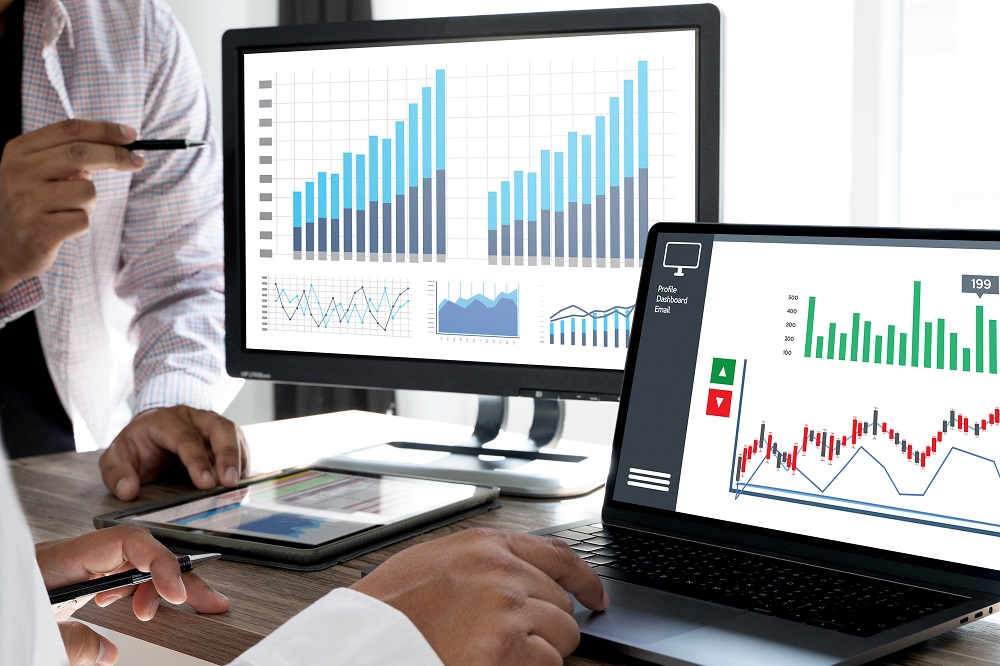We live in a world full of connectivity and data, and organizations need to adapt and act on it rapidly in order to succeed due to these constantly transforming sets of information. The role of data analytics in this world is paramount as digital transformation becomes abundantly strategic. With the increasing availability as well as complexity of data, a more automated approach to analysis is required if you want to give your business a competitive advantage as well as improve performance substantially, regardless of the industry you’re in.
These rapidly changing trends in data, AI, and ML bring about their own challenges for businesses as competitors use them in order to innovate, and paves the way for real-time and result-oriented operations that achieve great results.
The year 2020 is making big headway in data analytics and below are top 5 trends that you should not miss out on:
1. Augmented analytics
Augmented Analytics, a term coined by Gartner in 2017, uses Machine Learning (ML) and Natural Language Processing (NLP) to simplify the data analysing process by providing valuable actionable insights. With abundance of data, it can be increasingly confusing for key decision-makers within a business to determine the kind of data to use, as well as how to use this data i.e what actions to take or avoid based on a number of business factors.

With Augmented analytics it becomes possible to unlock (interpret) data without the help of data scientists or tech professionals, and gives businesses the added advantage of building a cross-department collaboration and reserving more high value tasks for data scientists, in turn, increasing productivity and driving profitable actions by taking the right decisions.
2. Machine learning & Artificial intelligence
Manual approaches lack the ability to identify, analyze and instigate more varied and large set data combinations, due to which businesses have been exhibiting an increasing inclination towards Machine learning and artificial intelligence to automate operations.
2020 will see more data scientists and analysts utilizing these analytical automation tools to get their projects kick-started and production ready in no time.
3. Natural language processing (NLP) & conversational analytics
We all know search interfaces like google, that make it easier for consumers to access the internet. In a similar vein NLP gives individuals the ability to ask questions about the data and to garner understanding about the insights generated. Conversational analytics is a bit more advanced and takes NLP to a new level where these questions can be asked through processes like voice rather than just text, allowing for a more enhanced customer experience while taking full advantage of the increase in smart devices and applications.

4. Graph analytics
Businesses need answers to questions that surround highly complex datasets. This data needs to be obtained from multiple sources, many business units as well as the external environment, which is why traditional query tools fall short in extracting and analysing insights from such a vast pool of data.
Gartner predicts that the application of graph analytics and graph processing will grow 100% annually by 2022.
Graph analytics makes it easier for businesses as it is in the form of visualization as well as enables the user to drag a metric inside another, or also remove a metric to add another one and recombine it with other datasets.
It also acts as a connected network by helping businesses determine the relationship between entities such as people, places and things and turn them into actionable results.
5. Explainable AI
When it comes to AI, there has been a constant debate about its trustworthiness, regulatory as well as reputational aspect.
Explainable AI ensures that a great outcome is received by AI models by highlighting their strengths & weaknesses; by forecasting likely behavior as well as identifying any potential prejudice.
This builds up a profound new confidence in AI, as the faster and more widely deployed it can be, the stronger the position of a business to carry out innovation and move ahead of its competitors in adopting and developing new generation proficiency.

Conclusion:
Data Analytics offers a myriad of possibilities and 2020 is a year of technological transformation. It is no longer the luxury of big organizations with huge budgets, but a must have for a business regardless of size or industry.
Data has never in decades been this tied up to the success of a business or organization, bringing about new opportunities for growth and advancements in operations.









